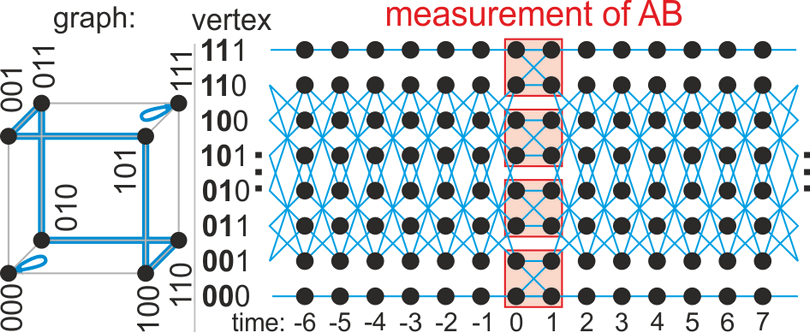To convince the mainstream to hypothetical possibility of nuclear fusion in low temperature, we need a concrete mechanism for crossing this huge Coulomb barrier, and electron assistance seems the only possibility (? I still haven't seen any other ?)
However, it requires that electron remains localized between the two nuclei - while it is natural if considering its trajectory, mainstream requires swelling the electron into huge wavefunction, making such localization practically impossible - hence this possibility currently is not treated seriously.
To change that, it is crucial to show that such "swelling of electron" doesn't always have to occur - that its charge has a trajectory.
However, such trajectory picture requires "local realism", for which there is Bell violation counter-argument: standard view on "local realism" contains a misunderstanding we need to repair first - e.g. to maintain electron localization to screen for fusion of two nuclei.
The most obvious is Mermin's inequality - for binary A, B, C literally "tossing 3 coins, at least 2 are equal": Pr(A=B) + Pr(A=C) + Pr(B=C) >= 1.
However, QM formalism allows to get sum below 1.
We can repair the standard: "evolving 3D" "local realism" misunderstanding by replacing it with time-symmetric: "4D local realism":
- in spacetime the basic object is trajectory, hence we should use their ensembles, e.g. Feynman path integrals are equivalent with QM,
- we have time/CPT symmetry in Lagrangian mechanics: we successfully use from QFT to GR,
- in Born rule rho~psi^2 one psi comes from past (propagator from -infinity), second from future (propagator from +infinity), like in TSVF: https://en.wikipedia.org/wiki/Two-state_vector_formalism
Here is example of construction of violation of such inequity by just assuming uniform distribution among paths ( https://en.wikipedia.org/wiki/Maximal_Entropy_Random_Walk ) :

Description of construction (details: page 9 of https://arxiv.org/pdf/0910.2724 ) :
The considered space is graph on the left with all 2^3 = 8 values of ABC: in 000 and 111 we have to stay, in the remaining vertices we can jump to a neighbor.
The presented measurement in time=0 ignores C - we have 4 possible outcomes (red squares) determining exactly AB.
Assuming uniform probability distribution among paths (from -infinity to +infinity in time like in TSVF), we get Pr(A=B) = (1^2 + 1^2) / (1^2 + 2^2 + 2^2 + 1^2) = 2/10.
Analogously for the remaining pairs, we finally get Pr(A=B) + Pr(A=C) + Pr(B=C) = 6/10
Using ensemble of paths toward only one time direction, we would have first power instead of Born rules - the inequality would be satisfied.
Alternative construction: https://arxiv.org/pdf/1907.00175
